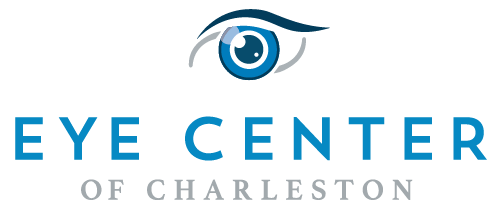
December – Safe Toys and Celebrations Month
Roughly 1 in 10 children’s eye injuries that end up in the ER are caused by toys. In support of Safe Toys and Celebrations Month this December, the American Academy of Ophthalmology advises parents to be cautious when choosing holiday gifts for young people and recommends avoiding those that launch projectiles, such as crossbows and BB guns. The Academy also offers tips on how to safely open champagne to keep New Year’s celebrations from turning tragic.

November – Diabetic Eye Disease Awareness Month
People with diabetes are more likely to develop blinding eye diseases, such as diabetic retinopathy, glaucoma, and cataracts. Yet recent studies have revealed low awareness of the issue among ethnicities at higher risk for diabetes. With the findings signaling that many Americans may not be defending themselves against diabetes-related vision loss, the American Academy of Ophthalmology encourages those with diabetes to take proactive steps to protect their vision.

July – UV Safety Month
Studies show that long-term exposure to bright sunlight may increase the risk of cataracts and growths on the eye, including cancer. UV rays reflected off sand and water can cause eyes to sunburn, potentially resulting in temporary blindness in just a few hours. In support of UV Safety Month this July, the American Academy of Ophthalmology reminds the public of the importance of shielding eyes from the sun’s harmful rays with 100% UV-blocking sunglasses and broad-brimmed hats.”

August – Children’s Eye Health and Safety Month
Children are susceptible to a host of vision and eye problems such as injury, infection and increased nearsightedness. In support of Children’s Eye Health and Safety Month in August, the American Academy of Ophthalmology provides information to the public that can help protect and preserve a child’s eye health for life.

Dry Eyes
Dry eye syndrome is one of the most common reasons patients visit their ophthalmologist, with thousands of people affected each year. So, what is dry eye syndrome?
Dry eye syndrome is exactly as it sounds: the eyes become dry. Any disturbance in the tear film, a very thin layer of moisture that lubricates the surface of the eye, results in symptoms of dry eye. These can range from intermittent blurry vision, inability to tolerate contact lenses, gritty sensation, stinging, burning, tearing and eye redness.
There are various causes of dry eye, such as hormonal changes, medications (usually anti-allergy medications and some blood pressure medications), climate changes, inflammation in the body and occasionally overactive nerves that provide sensation to the eyes. The overall quality of the tear film does diminish with age as well.
Initial therapy for dry eye is targeted to over-the-counter artificial tears and warm compresses (run a washcloth under warm water and soak the eyes until wash cloth cools). During the winter, the climate is less humid, so adding a humidifier to the home may help with dry eye.
Certain dietary changes are also important to note. Decreasing foods that promote inflammation in the body (processed foods and trans fats), and increasing your intake of anti-oxidants (fruits and vegetables) can help dry eye. Increasing omega 3 fats found in oily fish (salmon, tuna, trout) can also help reduce dry eye symptoms. Supplements including fish oil or primrose oil have shown great benefit for select patients, but PLEASE consult with your primary care provider before starting any over-the-counter supplements.
It’s important to know that every case of dry eye and every patient is different. Talk with our ophthalmologists at Eye Center of Charleston to find the right treatment plan for you.

CALL US TODAY
Fax 843.556.0350
Copyright 2021-2024 by Eye Center of Charleston